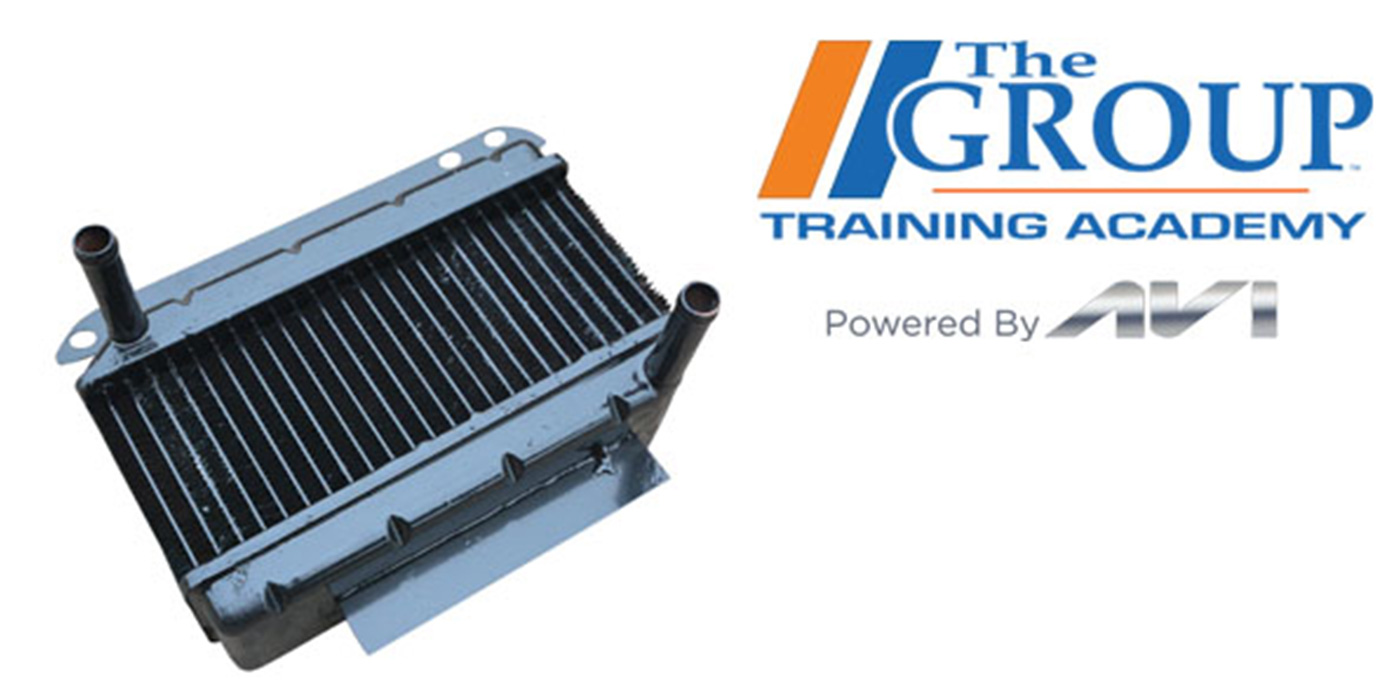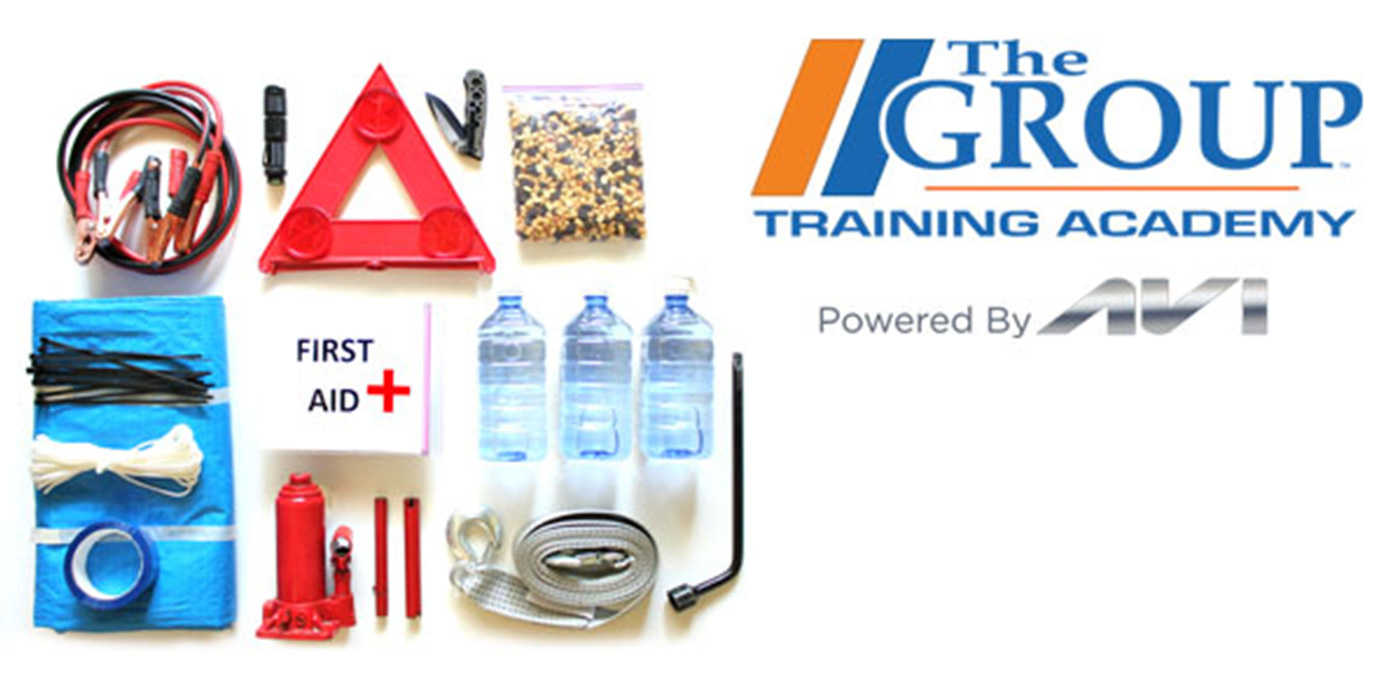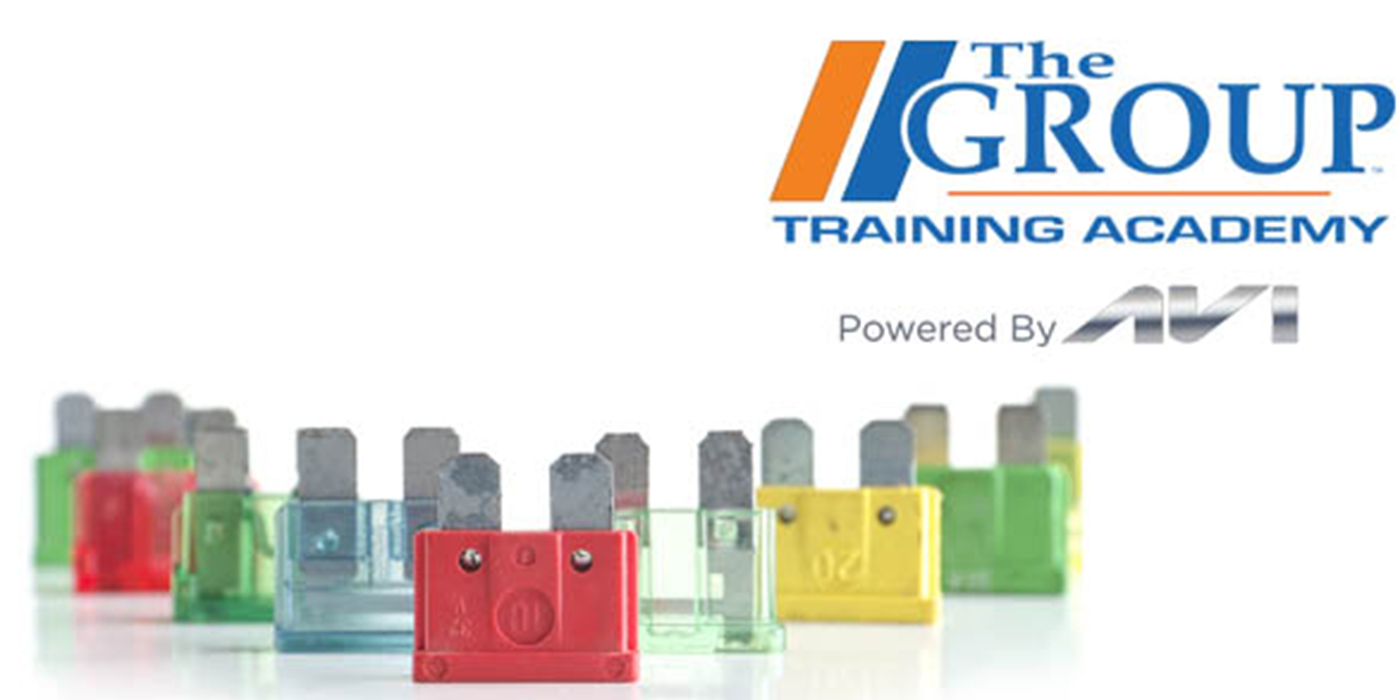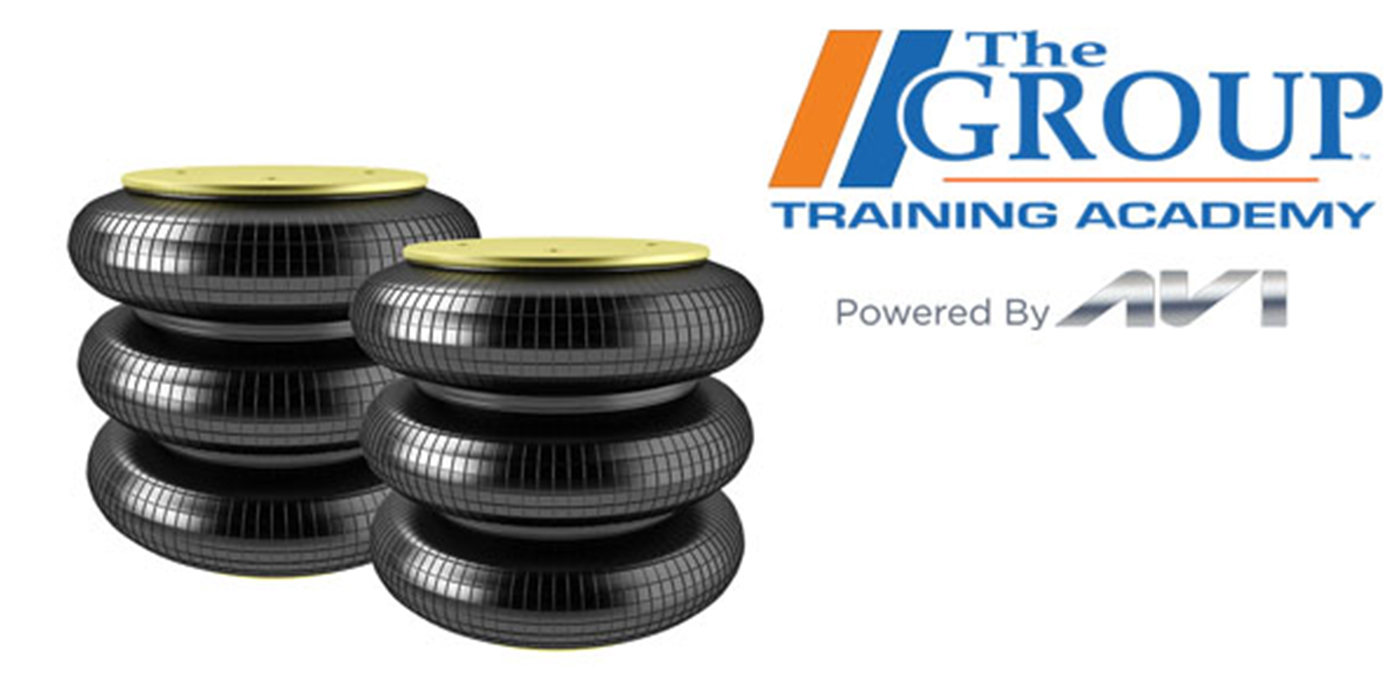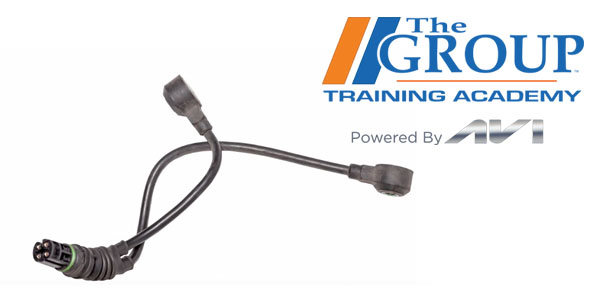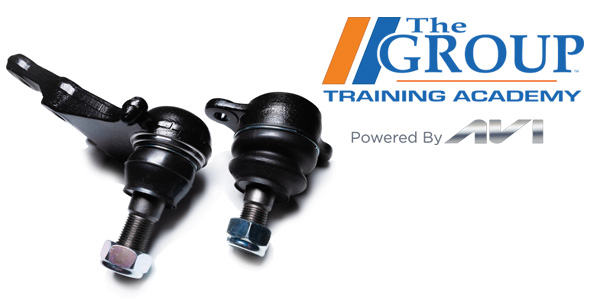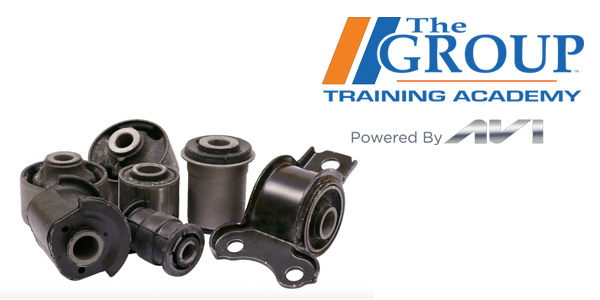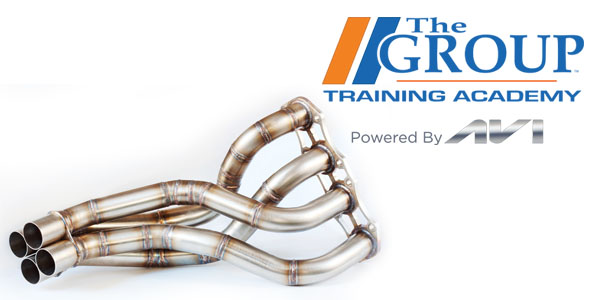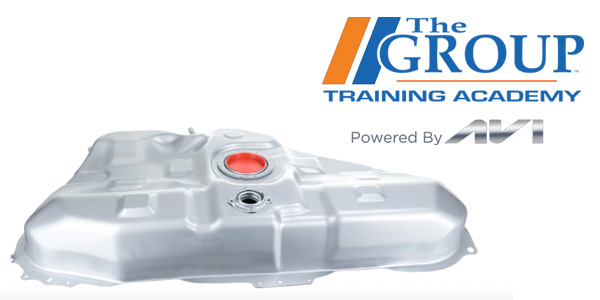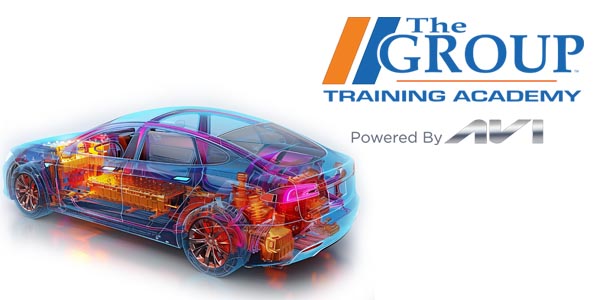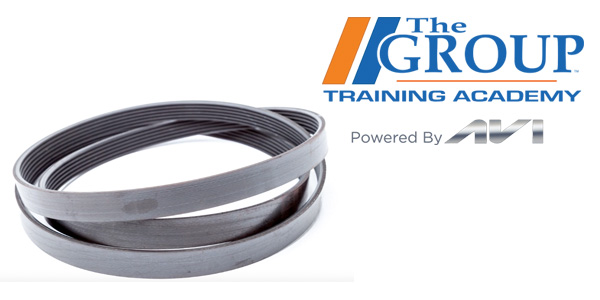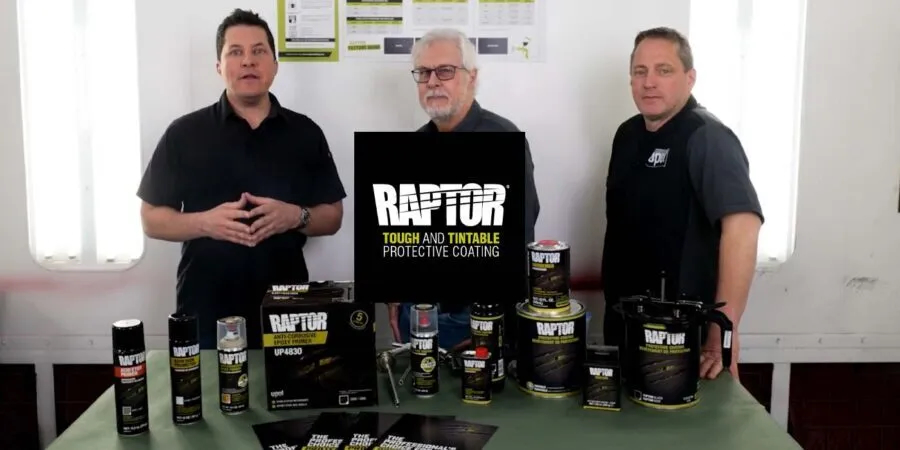Vehicles require many lubricants to keep them operating smoothly and efficiently. Lubricants keep things cooler and reduce wear of components that must move while being in contact with each other. During this process, they create dirt and contamination that eventually affect their operation. Also, most lubricants require some sort of maintenance during their lifespan. Different lubricants serve different environments more efficiently, thus requiring a long list of lubricant types depending on their application. Heat, moisture and contamination are the big contributors to degradation of these lubricants. The most common lubricant in a vehicle today is engine oil. Next would be transmission fluids in the automatic transmission. These in many cases are vehicle specific and have many differentiating specifications and change intervals. These two fluids are the subject of many other videos, so we are going to save those discussions for another time. Heavy liquid lubricants are fundamentally used in heavy gear driven portions like the rear or front differentials. These come in various weights, but are usually in the 40 to 90 weight range available in both synthetic and conventional formulas. They are enhanced with additives that cool, decrease friction, as well as support other functions of the system they are used in. A perfect example of this is the gear oil used in a positive traction rear differential that will have a friction modifier added to assist in the smooth operation of the PSI unit.
Bearings are another area that require lubrication. Many newer applications are permanently sealed and do not require lubrication, but others have a scheduled maintenance interval. There are multiple formulations of these based on the application. They are used in marine trailers require high heat capabilities, but also must have the ability to withstand immersion in water when hot and not absorb the moisture. Other applications like T rod ends or ball joints require excellent moisture inhibitors, but it must also tolerate dust and dirt while maintaining their lubricity. Brakes are an area not immediately thought of for lubrication. For years, basic grease was used to lubricate the friction point on drum brake systems. Today there are very specific lubricants developed for use in braking systems. Disc brakes develop very high heat in short amounts of time. Lubricants need to be able to stand up to the stresses and keep lubricating.
Caliper pins have their own lubricants today as well as the pads themselves. Silicone arrived on the scene in the eighties and has morphed into a general lubricant for many different situations. Spray liquid and gel forms provide uses all over the vehicle as well as being an excellent product for rubber parts. White lithium grease in spray form is excellent for hinges and other mechanical parts that require scheduled lubrication. The redeeming quality of this type of grease is that it tends to stay put once it’s applied. There are also generalized lubricating products that can be used in a variety of applications. These are generally atomized oil products and may contain silicone or other additives. Specialized sprays for loosening fasteners or combating rust are also available. The important rule when choosing any lubricant is to choose the one that is designed for the operation you are working on. Follow the manufacturer’s suggested applications and your job will go smoothly and last longer.
This video is sponsored by the Pronto Network.

